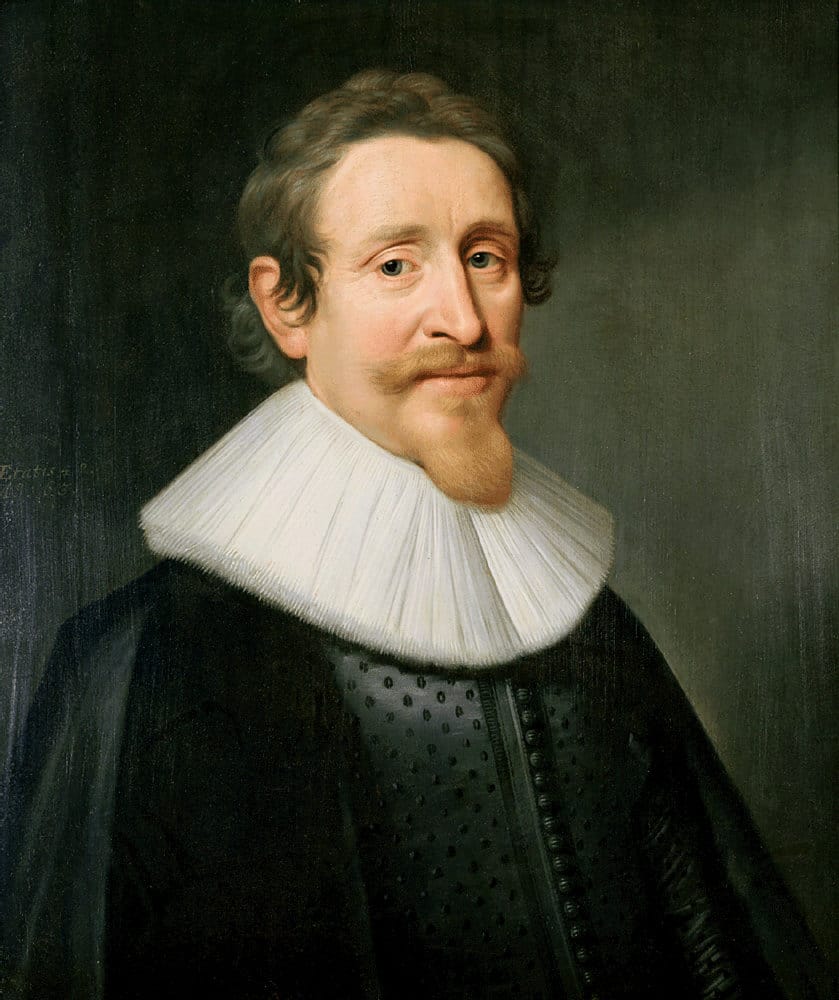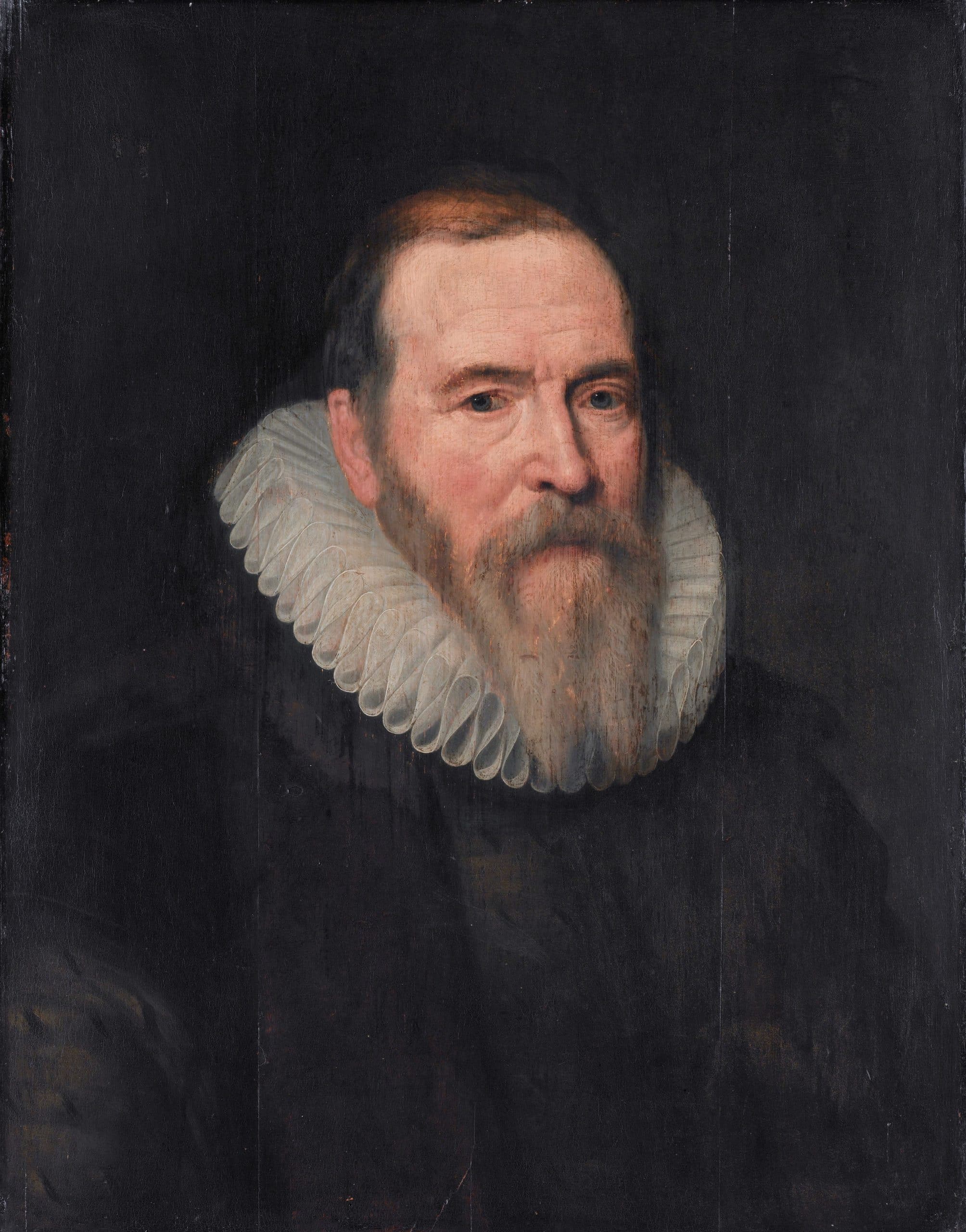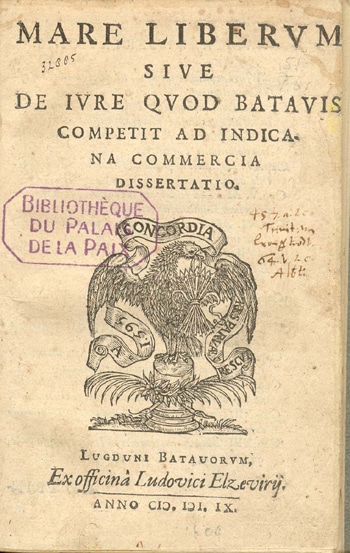400 years ago, on March 22, 1621, Hugo de Groot escaped in a book chest from Slot Loevestein. That prompted the declaration of 2021 as Hugo de Groot Year. Did you know that a famous part of Hugo de Groot's life took place a stone's throw from the Biesbosch Line?
If you stand facing the river and look from the quay walls of Woudrichem to the right, you see Slot Loevestein, where Hugo was imprisoned. If you look to the left, you see Gorinchem in the distance. In his book chest, he sailed to this town, to flee from there to freedom. Do you remember who Hugo de Groot was? What were his views and why was he imprisoned at Loevestein? We refresh your memory in this blog.



